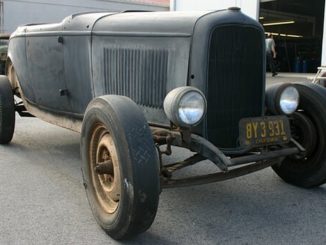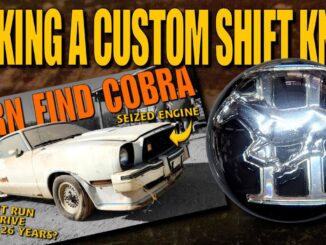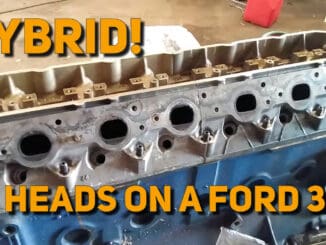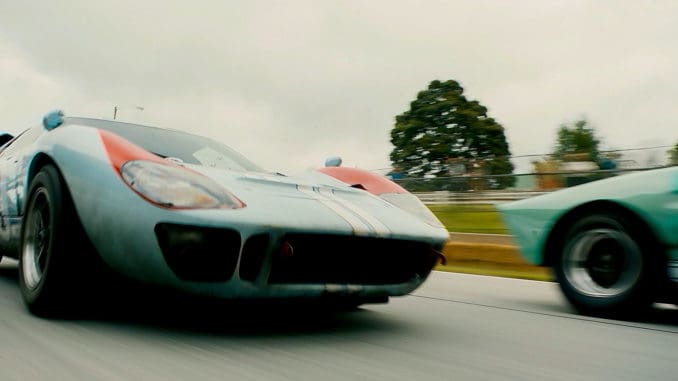
Ford v Ferrari hits theaters on November 15th and is, as they say in Hollywood, “based on a true story” — which means “we’ve taken certain liberties with the facts to make this movie more interesting.”
The film’s exciting racing footage, however, is 100 percent authentic — no CGI computer-generated special effects here. Stunt coordinator Robert Nagle, the man responsible for the on-track action, told us how he kept it real.
Nagle, who was also the stunt coordinator for the wild driving scenes in Baby Driver, says his goal with this movie was to give the audience “a sense of what it’s really like racing.” He would know, having raced extensively in Sports Car Club of America events in the 1990s.
The movie encompasses a trio of races from the mid-1960s: one that recreates the 1966 24 Hours of Daytona and a second that depicts Ford’s win at the 1966 24 Hours of Le Mans. The third, at Willow Springs Raceway in California, actually never happened but is there to establish the personalities and relationship of the film’s two main characters: race-team leader Carroll Shelby (Matt Damon) and his ace driver and co-conspirator, Ken Miles (Christian Bale).
The film’s director, James Mangold, gave Nagle the latitude to make the racing scenes as realistic as possible. “The most difficult thing for me was the Le Mans race,” Nagle says. Because the look and feel had to evoke 1966, he couldn’t shoot the track in its current configuration.
“We split the Le Mans shoot into five different locations, Nagle says. “We scouted for locations that looked like the iconic pieces of the Le Mans track: the Esses, the Tertre Rouge corner, the Mulsanne straight, the Dunlop Bridge.”
The scouting team discovered a five-mile-long country road near Statesboro, Georgia that resembled the 3.7-mile Mulsanne Straight of 53 years ago and got it closed for shooting. “We were able to run the picture cars there at 180 mph,” Nagel says, with obvious pride.
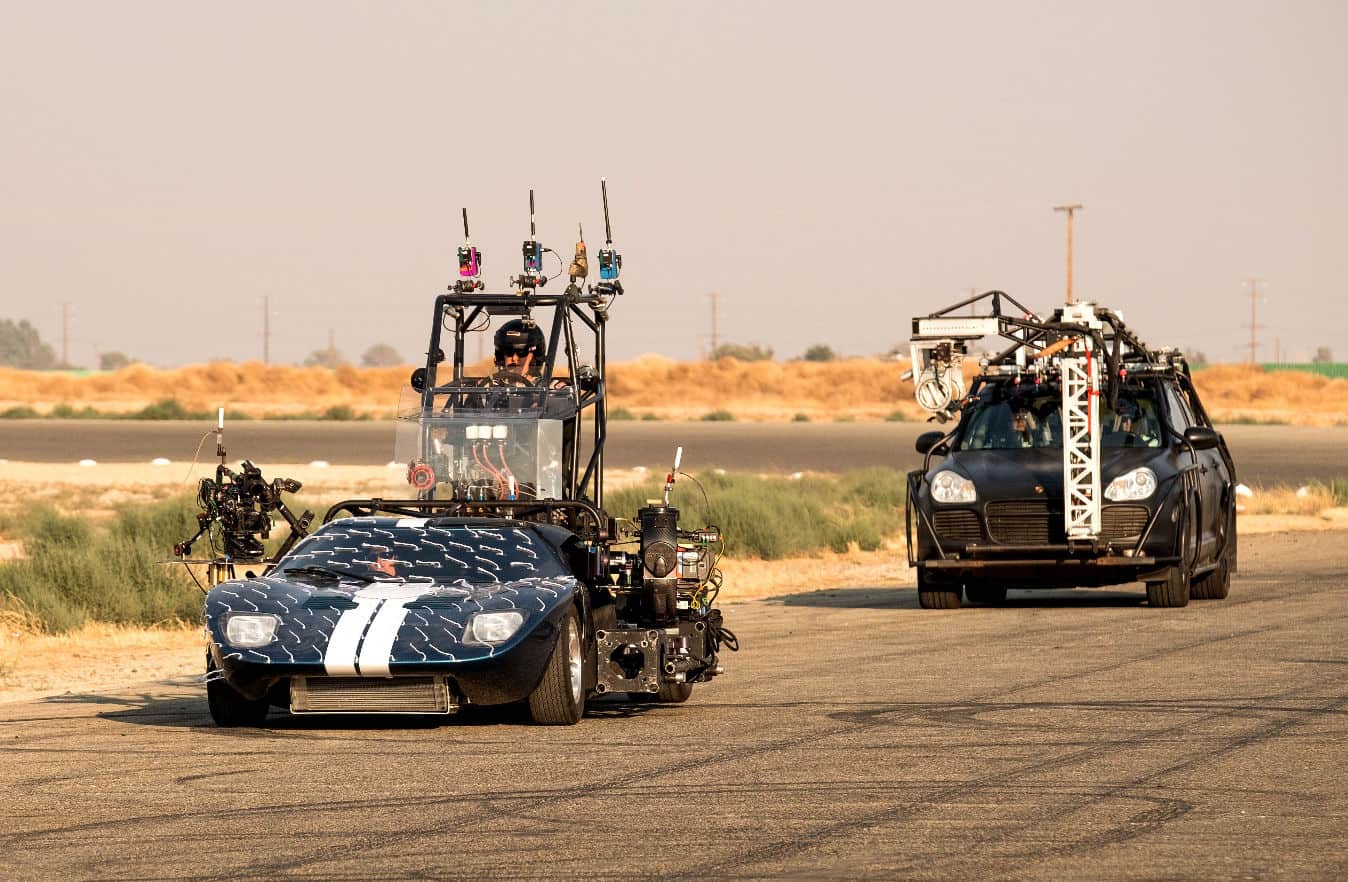
“We went to Road Atlanta and dressed one of the bridges there to look like the Dunlop bridge. We also used the Roebling Road road course in Savannah, Georgia for some of the other famous corners.”
The second unit, which shoots the action sequences, carted their gear to an airport in the L.A. area where the crew had built a convincing replica of the 1966 Le Mans start-finish straight alongside a runway, complete with pits and grandstands. “There are scenes where we’re running the picture cars across the start-finish line at 100 to 150 mph,” Nagle says.
The set for the Daytona race, which was actually shot at California Speedway, and the Willow Springs race were assembled with equal respect for historical accuracy. “The art department worked from photos of those tracks at that time,” Nagle says.
Like the sets, many of the cars that roar the movie to life are period-correct recreations. If they still survive, the real cars that competed at the front of the Le Mans field in that era are worth millions, making them far too valuable to risk in a movie. So, the film’s automotive protagonists — the Le Mans-winning Ford GT40s and the vanquished Ferrari 330 P3s — were custom-built, track-capable racers made to look exactly like the originals.
The GT40 that wins Le Mans in the movie is a Superformance GT40 Mk II replica borrowed from Shelby collector William Deary, and is an exact visual copy of the original. It even sports a 427-cubic-inch Ford V-8 similar to the one that won Le Mans. Nagle notes that for the Willow Springs race, real 1960’s-era sports cars—mostly Shelby Cobras and Chevy Corvettes—were used.
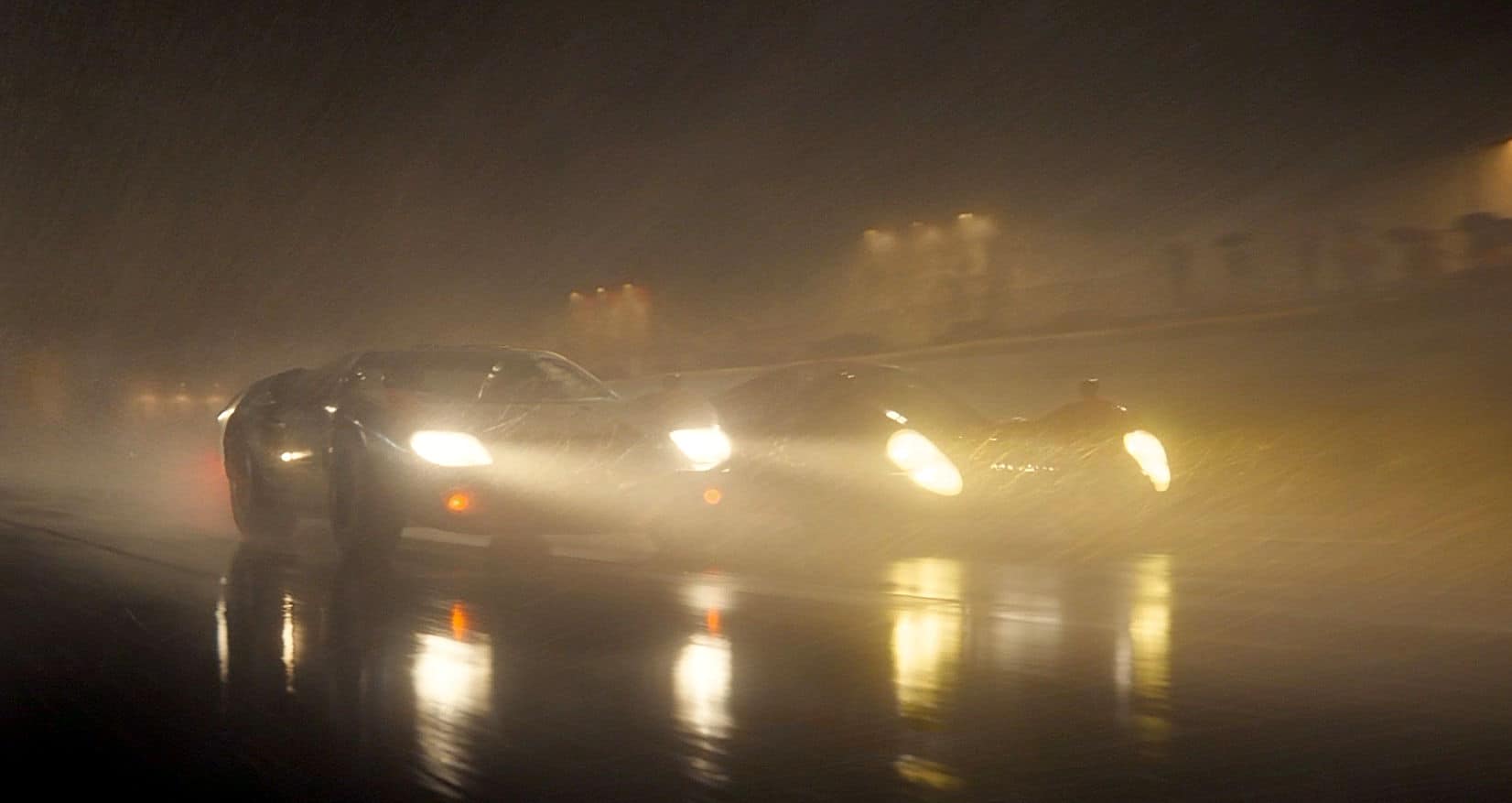
Making those picture cars appear to actually race required stunt drivers who knew what real racing is all about. So, Nagle assembled an all-star group of current and former pro racers to pilot the mocked-up race machines. The driving team included Alex Gurney, son of Dan Gurney, who drove a Ford GT40 Mk IV to victory at LeMans in 1967.
The younger Gurney, who twice won the Grand-Am Daytona Prototype championship in the Aughts, plays his father in the movie and, Nagle says, “even brought some period-correct stickers from his collection and put them on the movie car himself.”
Other well-known hot shoes include former racer Derek Hill, son of 1961 Formula 1 World Champion Phil Hill; ex-Indy car racer Jeff Bucknum, son of Ronnie Bucknum, one of the GT40 team drivers; rallycross champ and drift-king Tanner Faust; Formula D drifting champion Samuel Hubinette; and former Team Corvette Racing Le Mans competitor Kelly Collins.
“I had a moment of trepidation concerning egos,” admits Nagle, “but these guys came together as the most cohesive team I’ve ever had.”
The racing scenes took the better part of three months to film and required “a couple of hundred people,” Nagle says. The cinematographers used several different photo rigs, including one that the team called Frankenstein, “because we kept adding more and more to it. It was on a similar chassis to the picture cars, so we were able to get it into the middle of the action.”
During one staged crash scene, Nagle says, “it got tangled up in the wreck and went into the wall pretty hard. But we got a great shot!”
You can see the results of Nagle and the company’s efforts starting on November 15th, when Ford v Ferrari thunders into theaters in a blur of speed and color.
From: Car and Driver


